Imagine walking through a mangrove forest and witnessing something that defies everything you thought you knew about fish. There, clinging to a tree branch several feet above the water, is a creature that should be swimming in the depths below. This isn’t a scene from a fantasy novel or a glitch in nature’s programming. This is the incredible reality of the mudskipper, a fish that has quite literally climbed out of the water and into our hearts and minds.
The Evolutionary Marvel That Shocked Scientists

When Charles Darwin first encountered reports of fish climbing trees, he initially dismissed them as sailor’s tales. However, the mudskipper proved to be one of nature’s most extraordinary examples of evolutionary adaptation. These remarkable creatures belong to the family Oxudercidae and represent a living bridge between aquatic and terrestrial life.
The mudskipper’s evolution spans millions of years, during which these fish gradually developed the ability to survive outside water for extended periods. Their ancestors likely lived in tidal pools where periodic exposure to air became a survival advantage. Over time, natural selection favored individuals who could better exploit both aquatic and terrestrial environments.
Physical Adaptations That Defy Logic

The mudskipper’s body is a masterpiece of biological engineering. Their muscular pectoral fins function like primitive arms, allowing them to prop themselves up and “walk” across mudflats and even climb vertical surfaces. These fins are incredibly strong and flexible, capable of supporting the fish’s entire body weight during their terrestrial adventures.
Their eyes are positioned on top of their heads, providing excellent vision both above and below water. This unique placement allows them to spot predators, prey, and potential mates while navigating between two worlds. The eyes can also rotate independently, giving them an almost 360-degree view of their surroundings.
Perhaps most remarkably, mudskippers have developed a modified gill chamber that acts like a primitive lung. They can store water in these chambers and extract oxygen from it even when out of water, functioning similarly to how we might hold our breath underwater, but in reverse.
The Art of Breathing Without Water
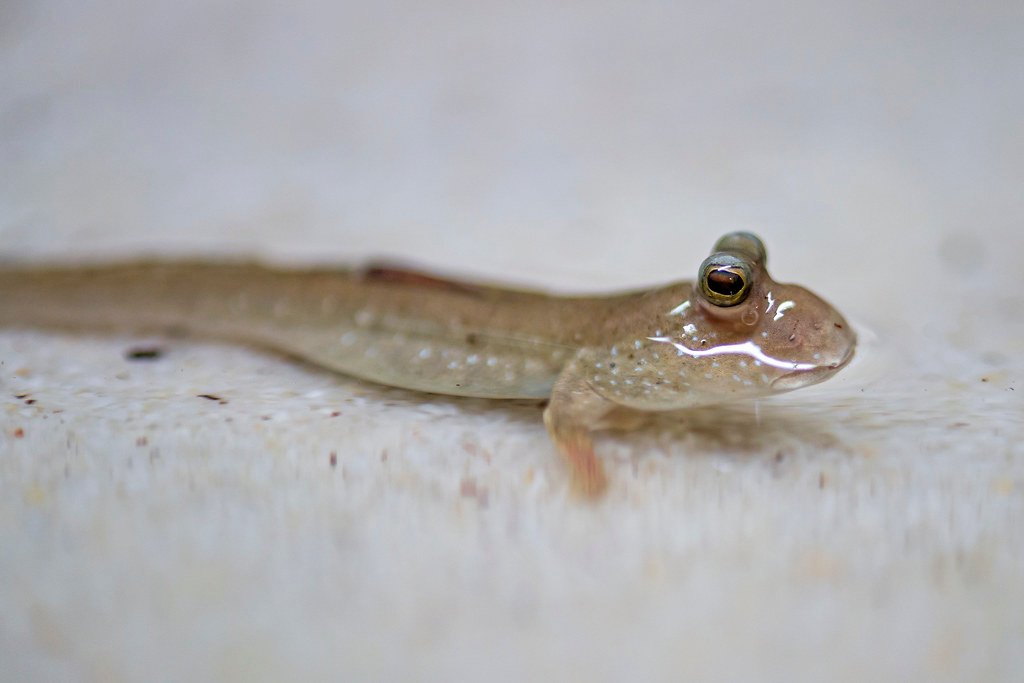
While most fish would suffocate within minutes outside water, mudskippers have cracked the code of amphibious respiration. Their skin plays a crucial role in this process, functioning as an additional respiratory surface. The skin must remain moist to facilitate gas exchange, which is why mudskippers are often seen rolling in mud or returning to water periodically.
Their mouth cavity also serves as a supplementary breathing apparatus. By gulping air and moving it through their mouth, they can extract oxygen and expel carbon dioxide. This process requires constant movement and activity, which explains why mudskippers appear so restless and energetic when on land.
Habitat and Distribution Across the Globe
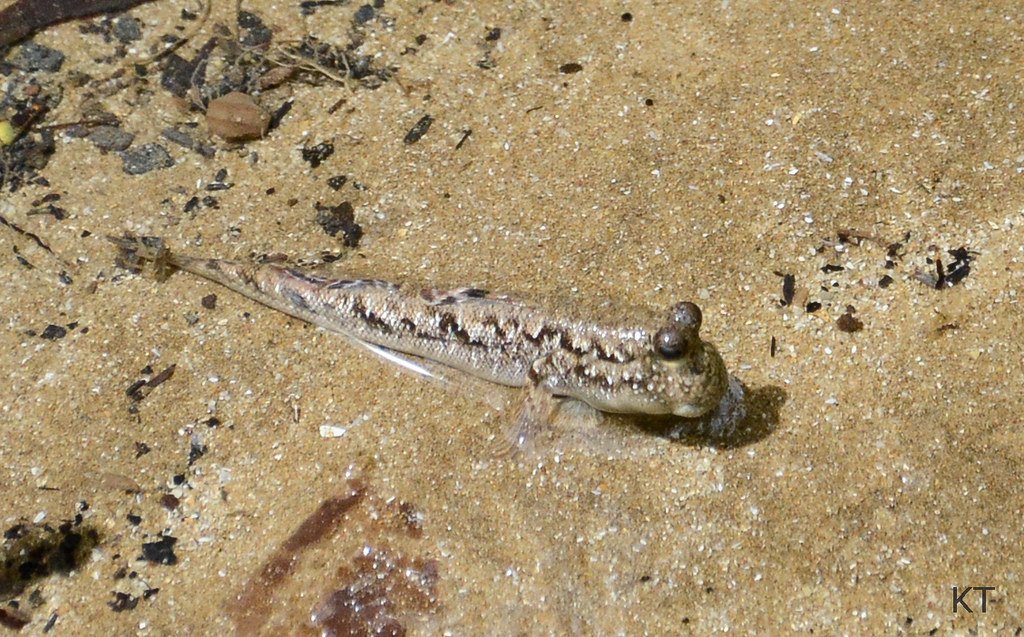
Mudskippers inhabit some of the world’s most challenging environments, thriving in mangrove swamps, tidal mudflats, and estuaries across tropical and subtropical regions. You’ll find them from the coasts of West Africa to the shores of Southeast Asia, Australia, and the Pacific Islands. Each species has adapted to specific environmental conditions within these regions.
These environments are characterized by dramatic changes in water levels, salinity, and temperature throughout the day. What might seem like harsh conditions to us are actually perfect for mudskippers, who have evolved to exploit these fluctuations to their advantage. The nutrient-rich mud provides abundant food sources, while the changing tides create opportunities for both aquatic and terrestrial activities.
The Climbing Technique That Amazes Researchers
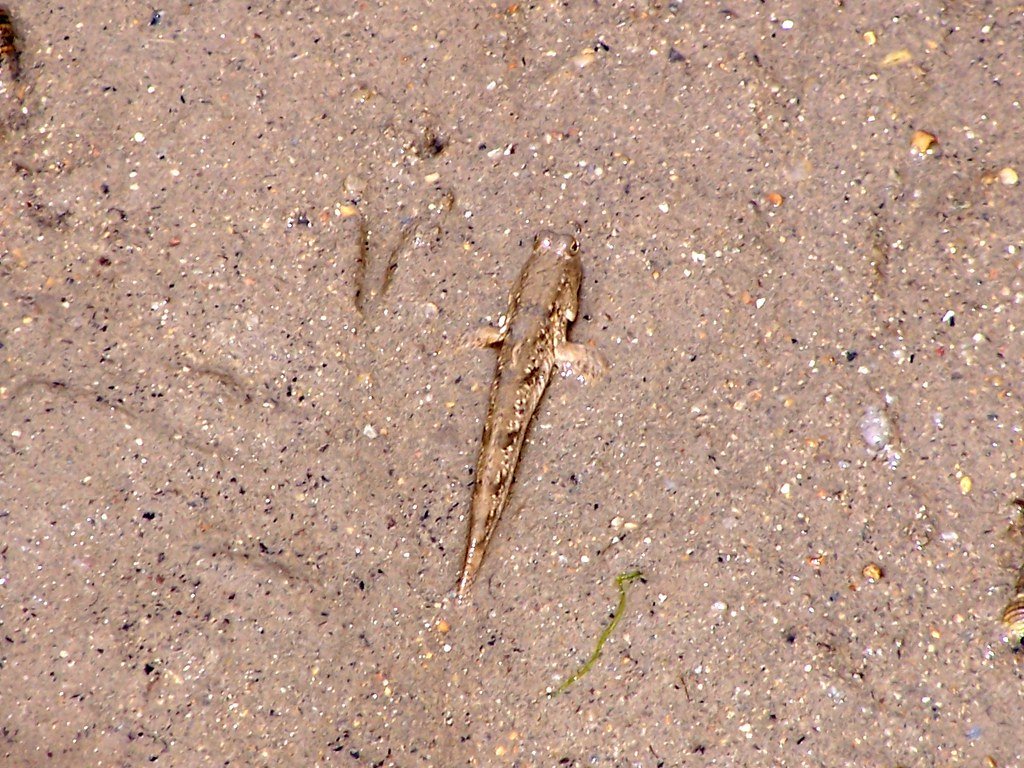
Watching a mudskipper climb is like witnessing a small miracle in action. They use a combination of their strong pectoral fins and their tail to propel themselves upward. The process resembles a person doing a modified pull-up, using their “arms” to grip while their lower body provides additional thrust and balance.
Their climbing ability isn’t just for show – it serves multiple practical purposes. Elevated positions provide better vantage points for spotting food, predators, and potential mates. Trees and mangrove roots also offer escape routes from ground-based threats and access to different food sources like insects and small crustaceans.
The grip strength of their fins is remarkable, allowing them to maintain their position even when waves crash below or strong winds blow. This climbing prowess has been measured by scientists who found that some species can scale surfaces at angles exceeding 45 degrees.
Feeding Habits That Span Two Worlds
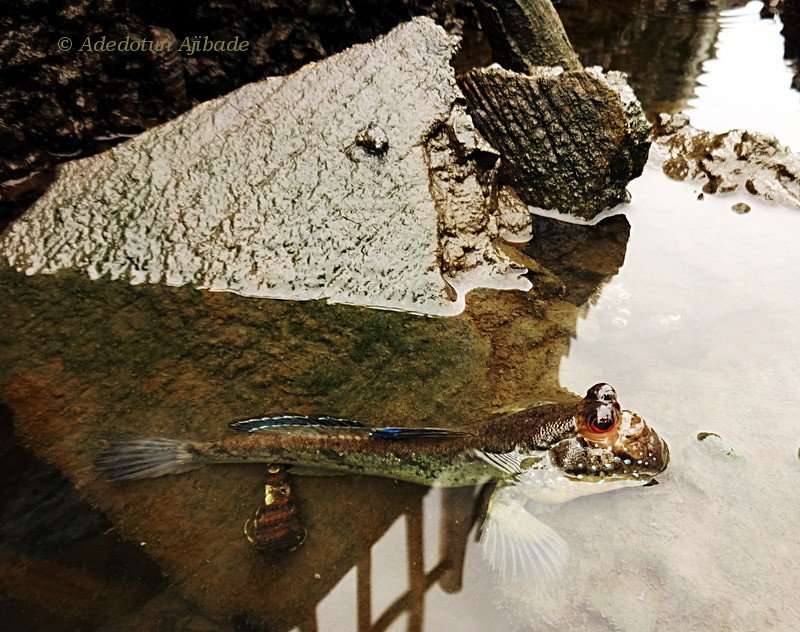
Mudskippers are opportunistic feeders with a diet that reflects their dual lifestyle. In water, they consume small fish, crustaceans, and marine worms. On land, they hunt for insects, spiders, and small invertebrates that other fish could never access. This dietary flexibility gives them a significant advantage in their challenging environment.
Their feeding technique on land is particularly fascinating. They use their protruding eyes to spot prey, then quickly dart forward to capture it with their mouth. The speed and precision of these movements rival those of many terrestrial predators. Some species even learn to anticipate the movements of their prey, demonstrating a level of intelligence that challenges our understanding of fish cognition.
Reproduction and Courtship Rituals
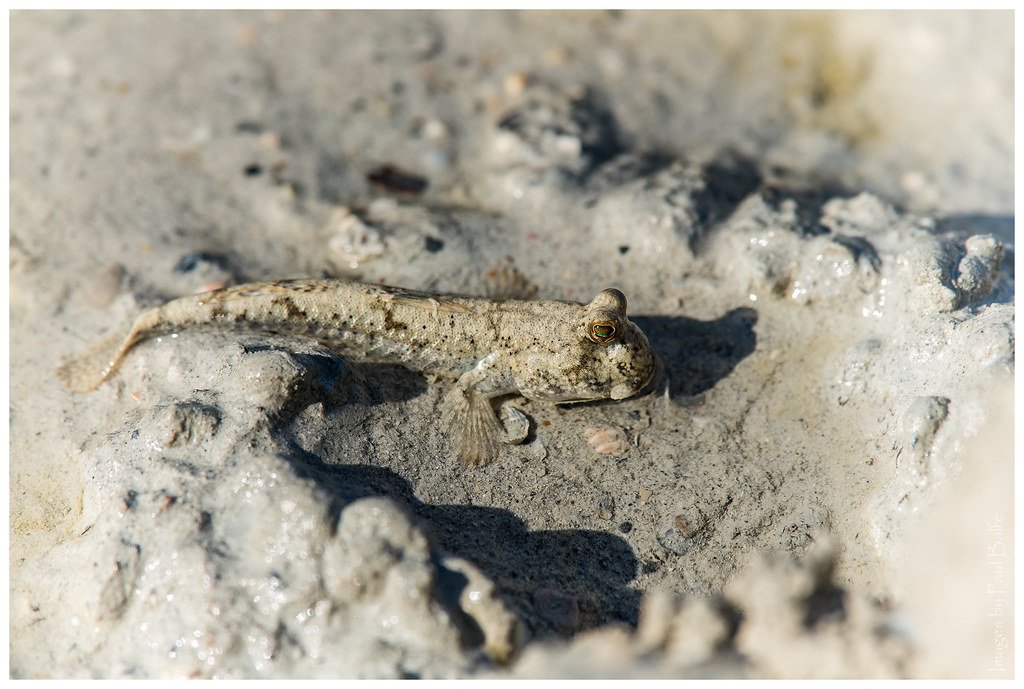
The mudskipper’s mating rituals are as extraordinary as their climbing abilities. Males establish territories and build elaborate burrows in the mud, which serve as both homes and nurseries. These burrows can extend several feet underground and include multiple chambers with different functions.
During breeding season, males perform spectacular courtship displays that include fin displays, jumping, and even “dancing” on the mud surface. These performances are designed to attract females and demonstrate the male’s fitness and territory quality. The sight of multiple males competing through synchronized jumping displays is one of nature’s most amusing spectacles.
Once a female is impressed, she’ll inspect the male’s burrow before deciding whether to mate. The burrow’s construction quality, location, and size all factor into her decision, making mudskipper males some of the most dedicated architects in the animal kingdom.
The Burrow System: Underground Cities
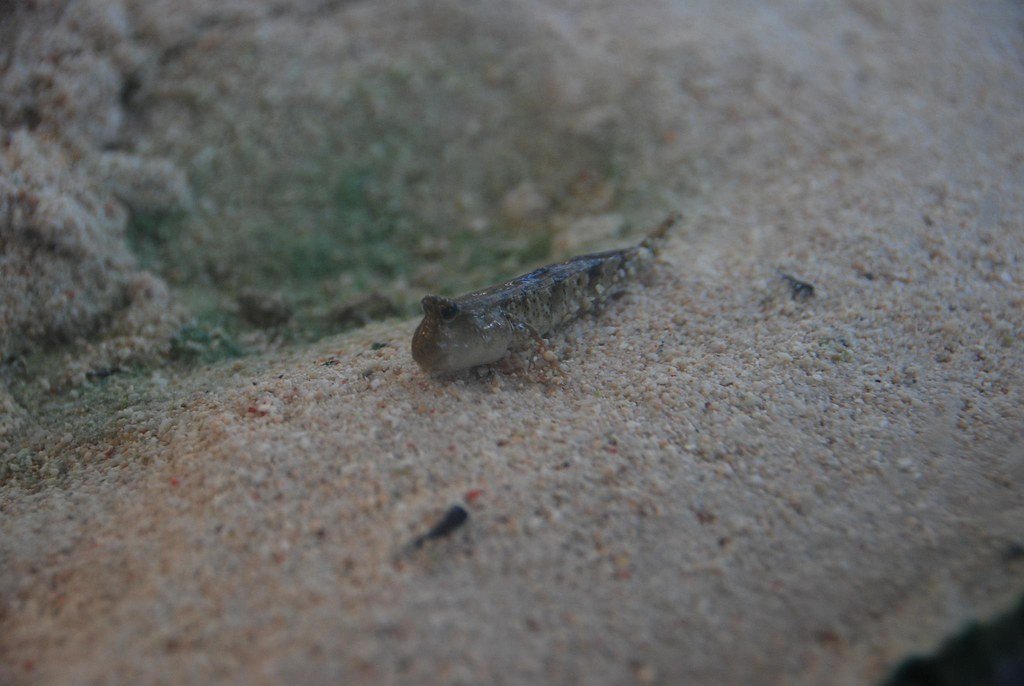
Mudskipper burrows are marvels of engineering that would impress any architect. These underground complexes can reach depths of up to three feet and include specialized chambers for different activities. The main chamber serves as a living space, while smaller chambers function as nurseries for eggs and storage areas for food.
The burrow’s entrance is strategically positioned to remain accessible during both high and low tides. The tunnel system includes air pockets that allow the fish to breathe while underground, and the walls are lined with a special mucus that prevents collapse. These burrows can take weeks to construct and represent a significant investment of time and energy.
Predators and Survival Strategies
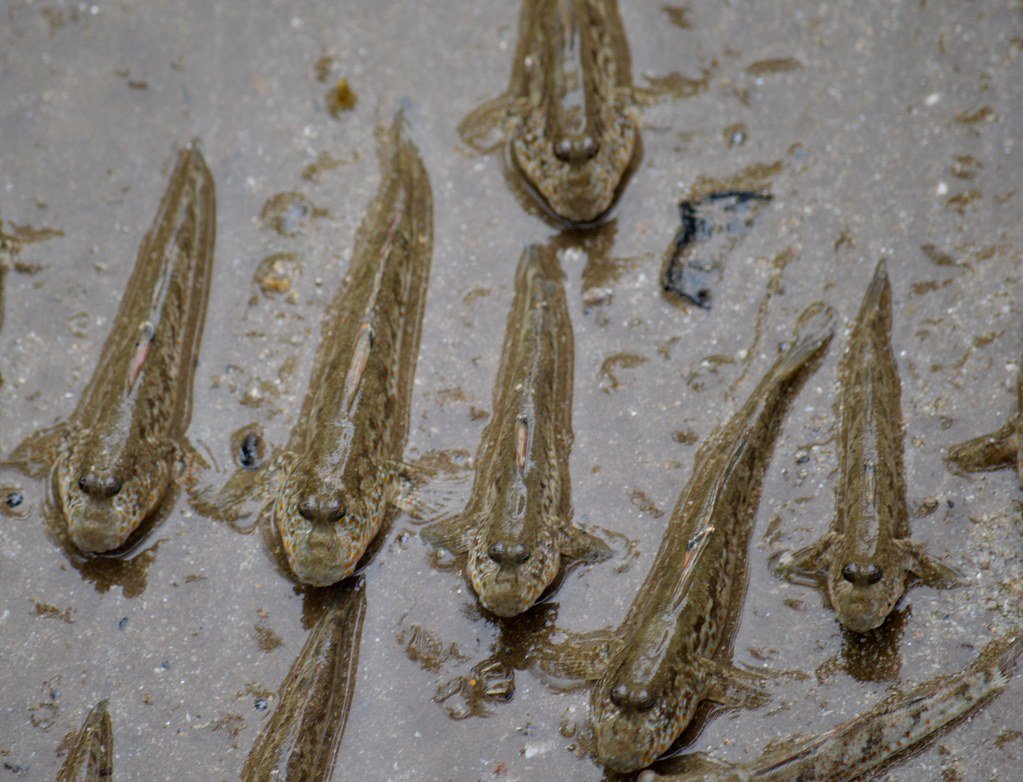
Despite their remarkable adaptations, mudskippers face numerous threats from both aquatic and terrestrial predators. In water, they must avoid larger fish, crabs, and marine reptiles. On land, they become prey for birds, snakes, and small mammals. Their survival depends on their ability to quickly transition between environments when danger approaches.
Their primary defense mechanism is speed and agility. When threatened, mudskippers can launch themselves surprising distances using their powerful tail muscles. They can also quickly burrow into mud or retreat to water, making them difficult targets for predators adapted to either purely aquatic or terrestrial hunting.
Their camouflage abilities are equally impressive. Many species can change color to match their surroundings, blending seamlessly with mud, rocks, or vegetation. This adaptive coloration, combined with their ability to remain motionless when threatened, makes them nearly invisible to casual observers.
Communication Methods That Bridge Elements
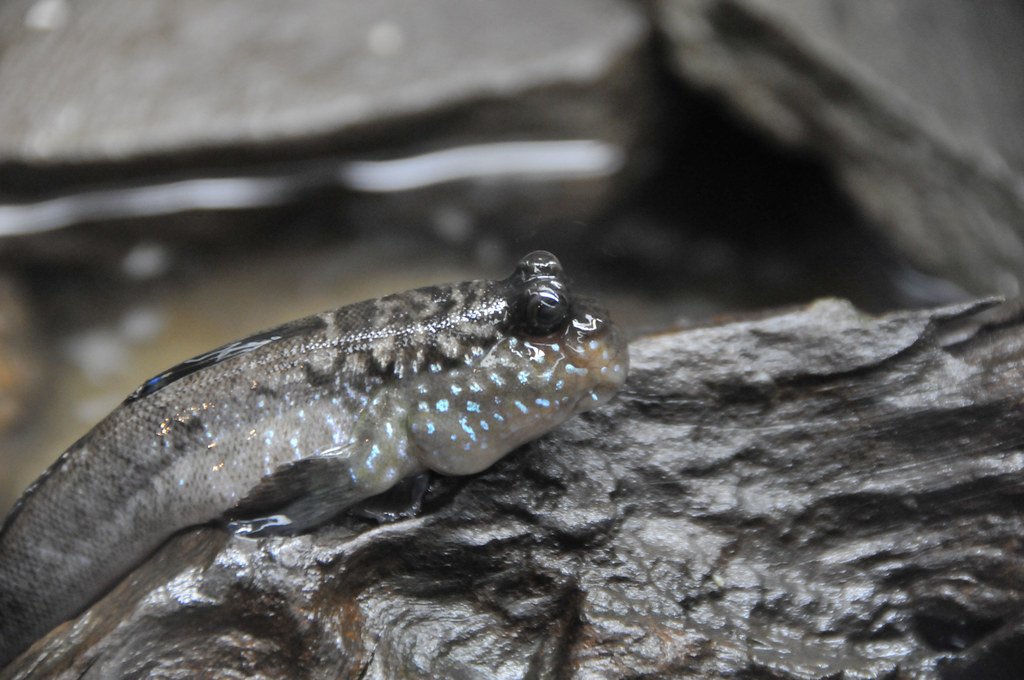
Mudskippers have developed sophisticated communication systems that work both in water and on land. They use a combination of visual signals, such as fin displays and body movements, along with acoustic communication. Their ability to produce sounds out of water is particularly remarkable, as most fish are limited to underwater vocalizations.
During territorial disputes, males engage in elaborate threat displays that include mouth gaping, fin erection, and aggressive posturing. These displays serve to establish dominance without the need for physical combat, which could be dangerous for both parties. The complexity of these interactions suggests a level of social intelligence that continues to surprise researchers.
Temperature Regulation in Extreme Conditions
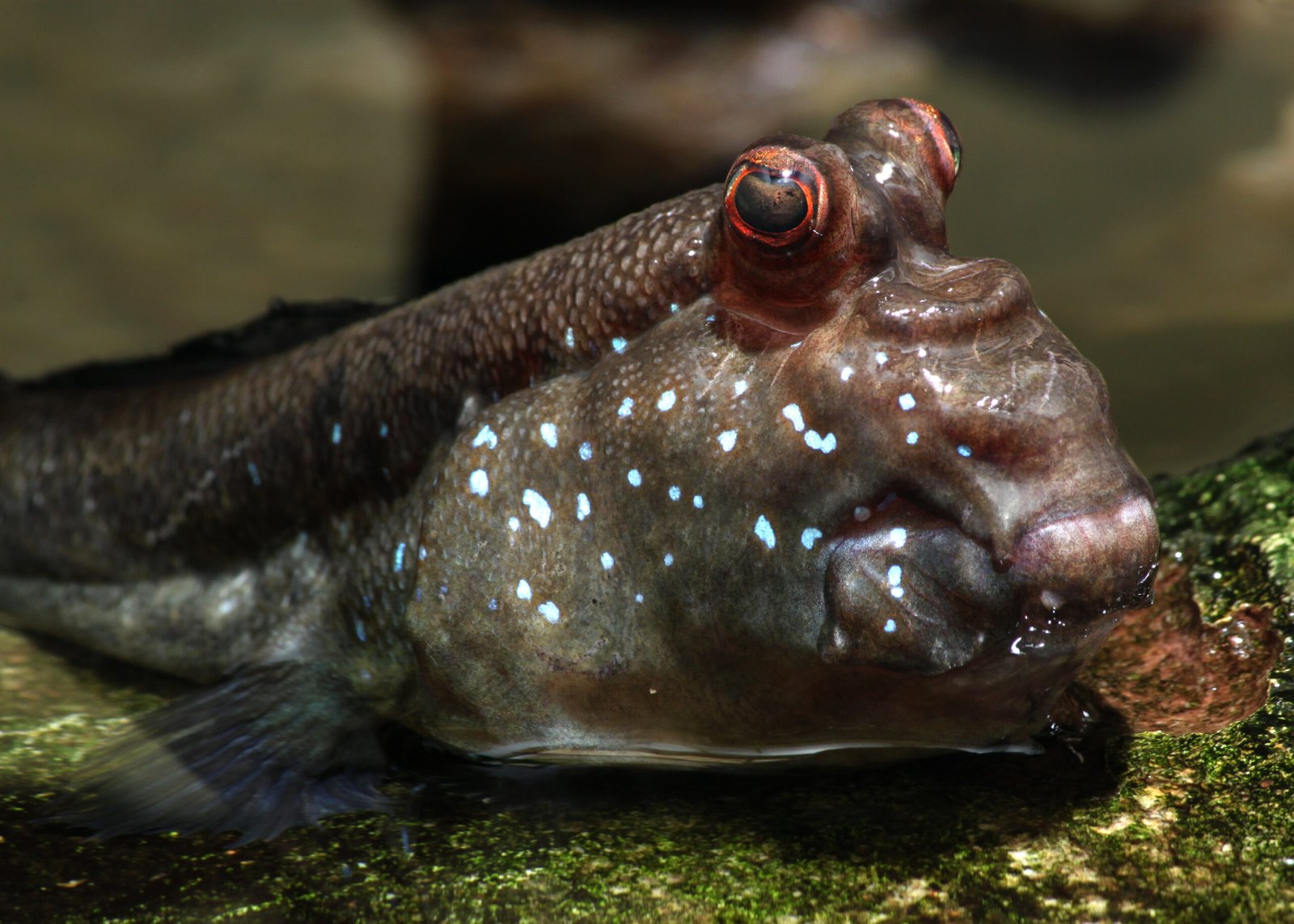
Living between two worlds means dealing with extreme temperature variations. Mudskippers have developed remarkable thermoregulatory abilities that allow them to survive in conditions that would be fatal to most fish. During hot days, they can seek shade or burrow into cooler mud, while their behavior becomes more active during cooler periods.
Their metabolic rate can adjust rapidly to changing temperatures, allowing them to remain active across a wide range of conditions. This flexibility is crucial for survival in tidal environments where temperatures can fluctuate dramatically within a single day. Some species even enter a state of temporary dormancy during the hottest parts of the day, similar to how desert animals cope with extreme heat.
The Science Behind Their Unique Locomotion
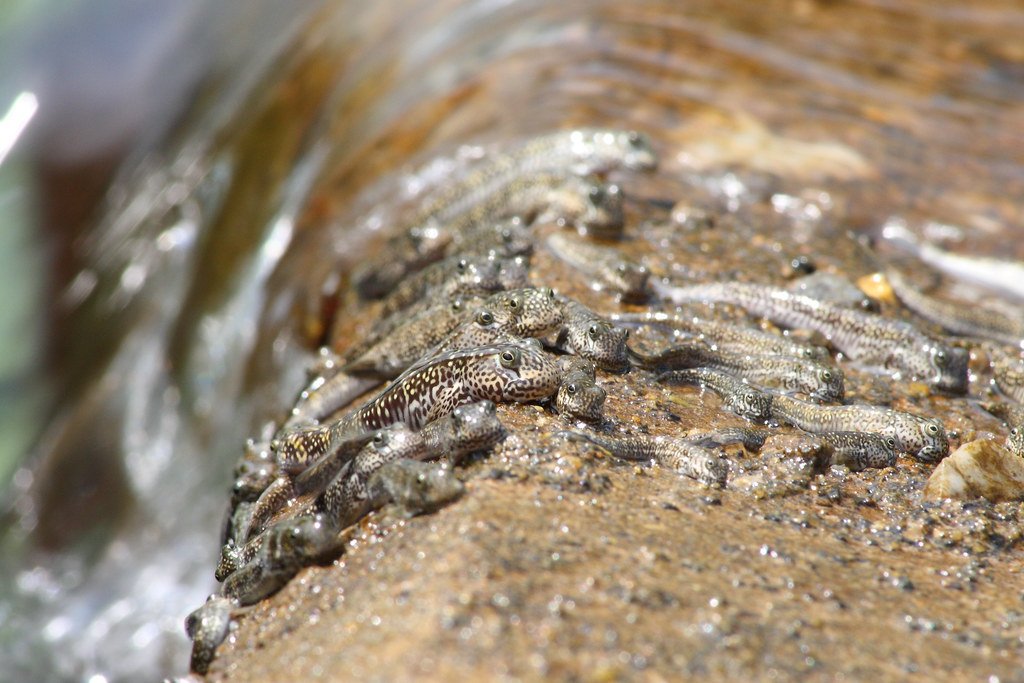
Researchers have studied mudskipper locomotion extensively, finding that their movement patterns are surprisingly complex and efficient. Their “crutching” gait, where they use their fins like crutches while propelling themselves forward with their tail, is biomechanically fascinating. This movement style allows them to achieve speeds that would be impossible for other fish attempting to move on land.
The physics of their jumping ability is equally impressive. By rapidly flexing their body and using their tail as a spring, they can launch themselves several times their body length. This jumping motion has inspired robotics researchers who are developing amphibious robots based on mudskipper biomechanics.
Conservation Status and Environmental Threats
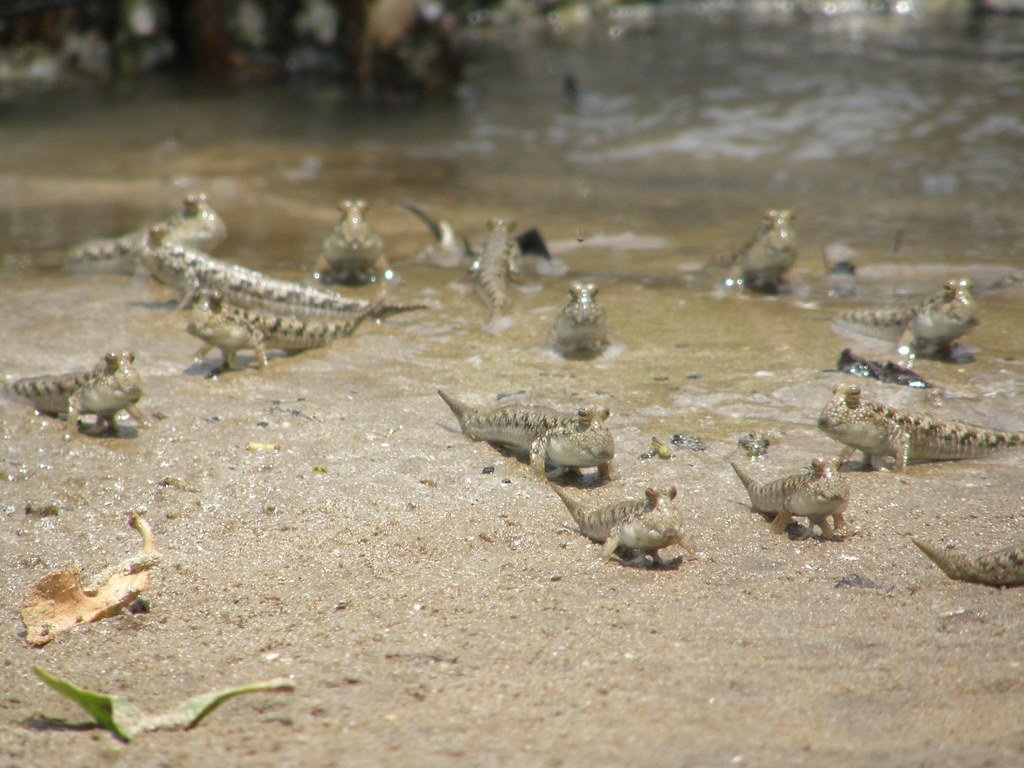
Many mudskipper species face increasing pressure from human activities. Coastal development, pollution, and climate change threaten their specialized habitats. Mangrove destruction has been particularly devastating, as these ecosystems are crucial for mudskipper survival. The loss of these environments doesn’t just affect mudskippers – it impacts entire coastal food webs.
Rising sea levels and changing precipitation patterns associated with climate change are altering the delicate balance of mudskipper habitats. These fish require specific salinity levels and tidal patterns to thrive, making them particularly vulnerable to environmental changes. Conservation efforts are now focusing on protecting and restoring mangrove ecosystems worldwide.
Cultural Significance and Human Interactions
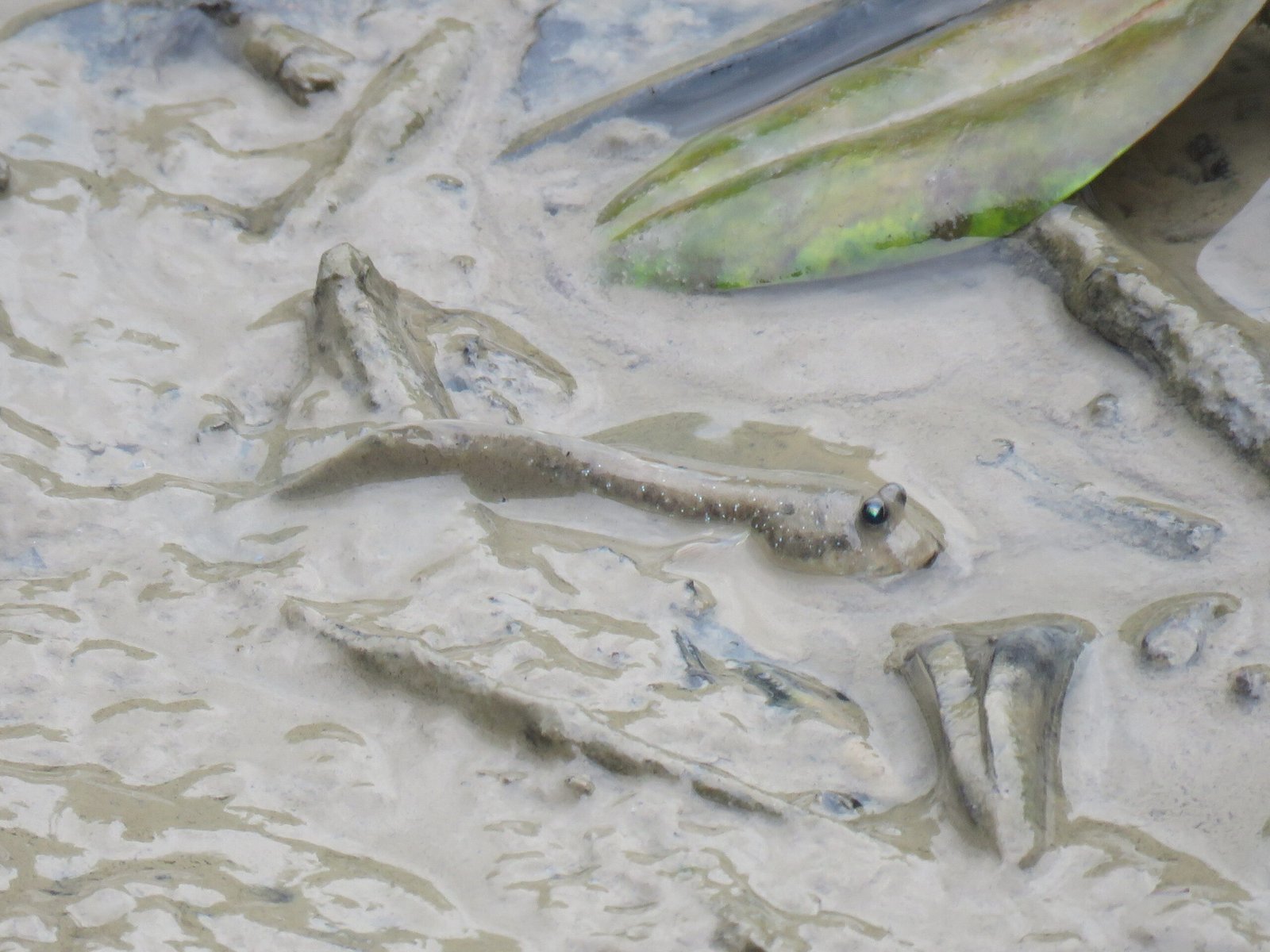
Throughout their range, mudskippers hold special significance in local cultures. In many Asian countries, they’re considered symbols of perseverance and adaptation, representing the ability to thrive in challenging circumstances. Some cultures view them as good luck charms, while others include them in traditional cuisine.
Their unusual appearance and behavior have made them popular in aquariums, though keeping them requires specialized setups that can accommodate their unique needs. Public aquariums often feature mudskipper exhibits that help educate visitors about these remarkable creatures and the importance of mangrove conservation.
Scientific Research and Future Discoveries
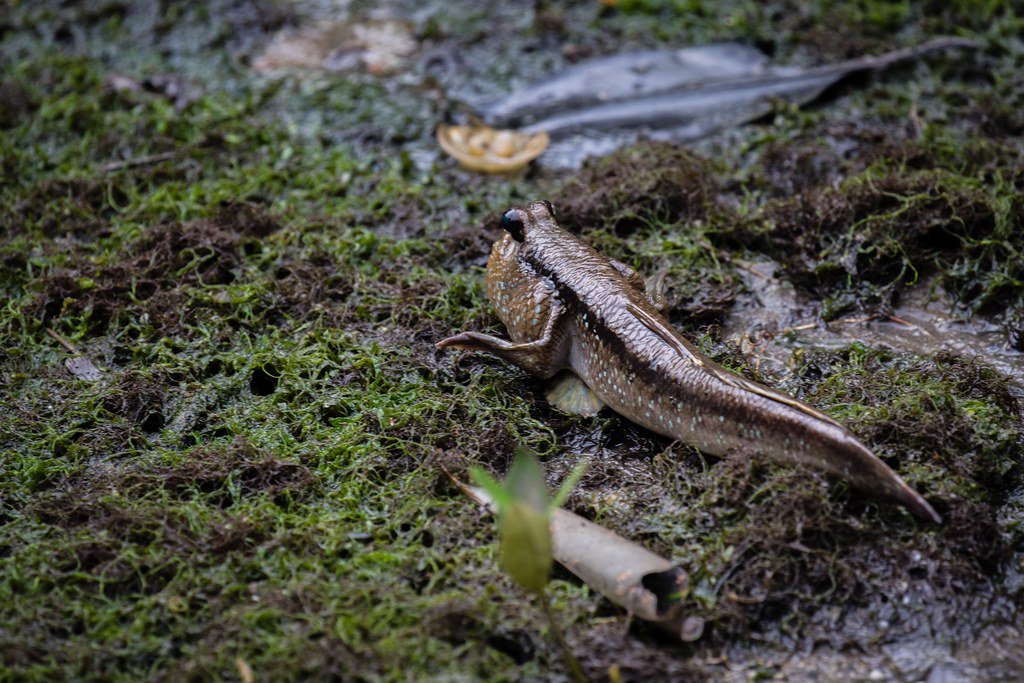
Current research on mudskippers spans multiple disciplines, from evolutionary biology to bioengineering. Scientists are particularly interested in understanding how their respiratory systems work and how this knowledge might be applied to human medicine or technology. Their ability to switch between aquatic and terrestrial respiration could inspire new approaches to treating respiratory diseases.
Genetic studies are revealing the molecular mechanisms behind their remarkable adaptations. These discoveries are providing insights into vertebrate evolution and the transition from water to land that occurred millions of years ago. Mudskippers serve as living laboratories for understanding one of the most significant evolutionary transitions in Earth’s history.
The Mudskipper’s Role in Ecosystem Health
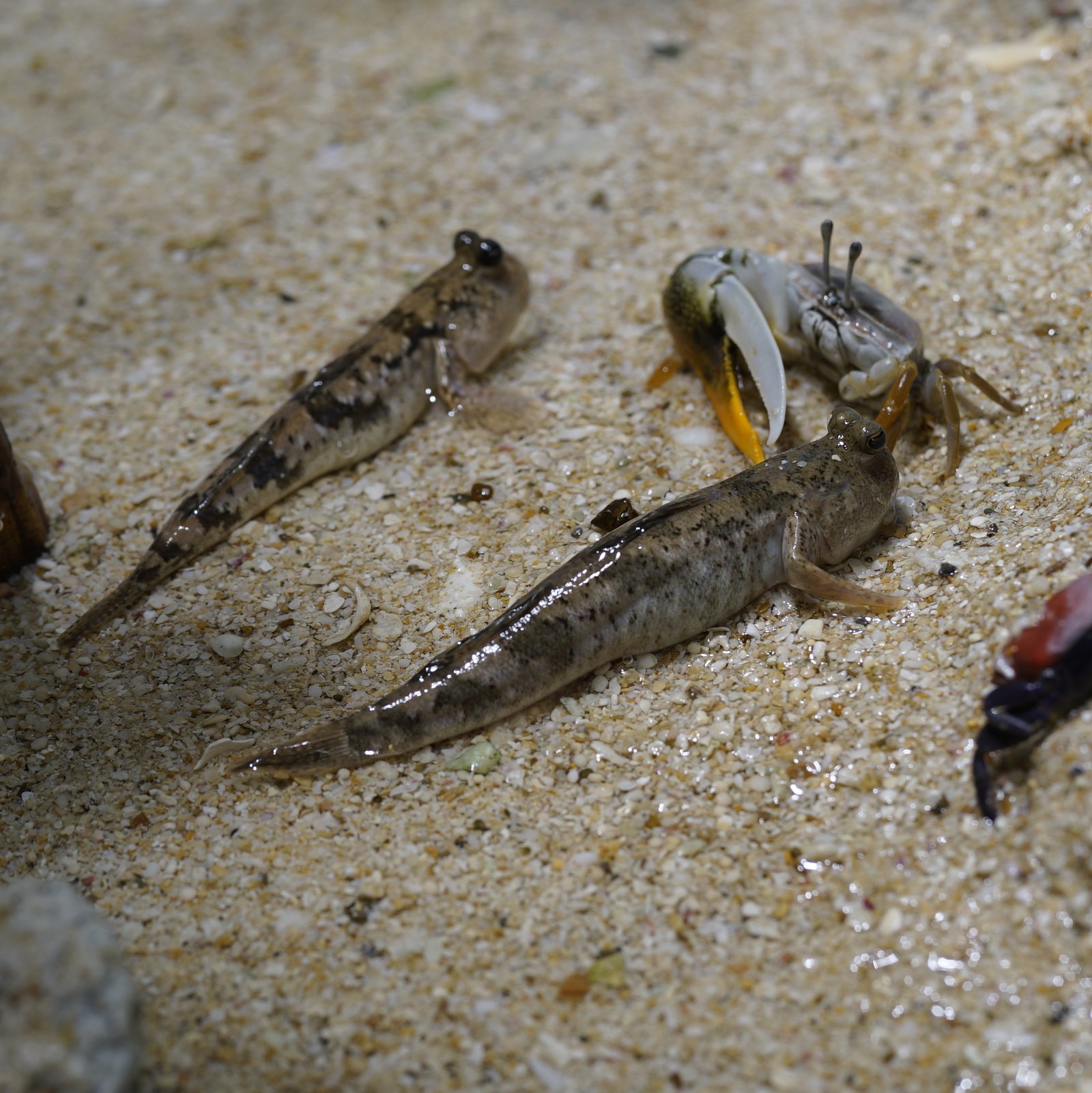
These fish play crucial roles in maintaining the health of their ecosystems. As both predators and prey, they help maintain balance in food webs. Their burrowing activities aerate the sediment, improving conditions for other organisms. They also serve as indicators of ecosystem health – their presence or absence can tell scientists about the overall condition of mangrove and estuarine environments.
Their feeding habits help control insect populations and redistribute nutrients between aquatic and terrestrial environments. This dual role makes them essential components of coastal ecosystems, highlighting the importance of protecting their habitats for overall environmental health.
Inspiration for Human Innovation
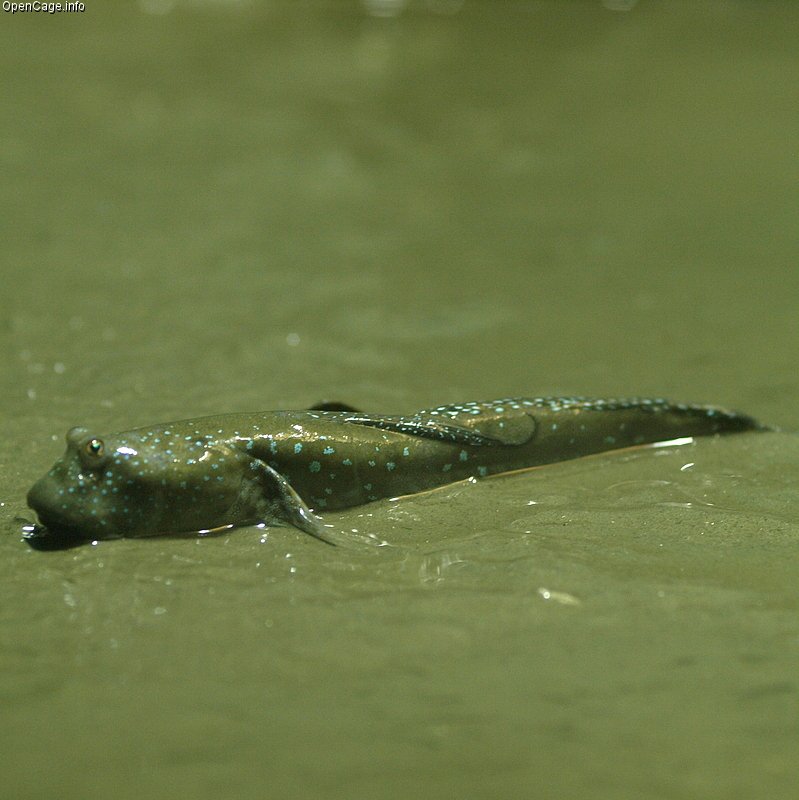
The mudskipper’s unique adaptations have inspired numerous technological innovations. Engineers are developing amphibious vehicles based on their locomotion patterns, while medical researchers study their respiratory systems for insights into treating lung diseases. Their ability to thrive in harsh conditions has also inspired research into creating more resilient materials and systems.
Robotics researchers have created mudskipper-inspired robots that can navigate both land and water environments. These robots have potential applications in search and rescue operations, environmental monitoring, and exploration of challenging terrains. The biomimetic approach to engineering continues to yield innovative solutions inspired by these remarkable fish.
Conclusion: Nature’s Ultimate Adapter
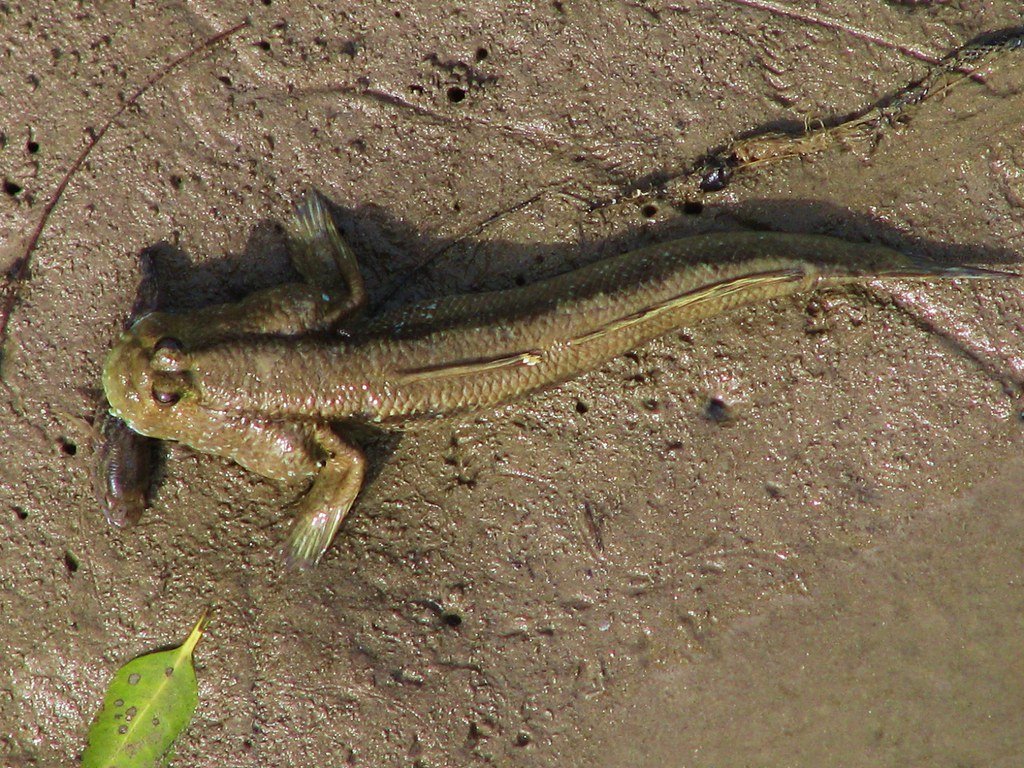
The mudskipper stands as one of nature’s most extraordinary success stories, proving that evolution can produce solutions to even the most challenging environmental problems. Their ability to climb trees, breathe air, and thrive in conditions that would defeat most other fish demonstrates the incredible adaptability of life on Earth.
These remarkable creatures remind us that nature’s boundaries are often more flexible than we imagine. As climate change and human activities continue to alter our planet’s environments, the mudskipper’s story offers hope and inspiration for adaptation and survival.
Next time you see a fish struggling briefly on a dock or beach, remember the mudskipper – a fish that turned what should be a death sentence into a way of life. What other “impossible” adaptations might be waiting to be discovered in the natural world around us?




